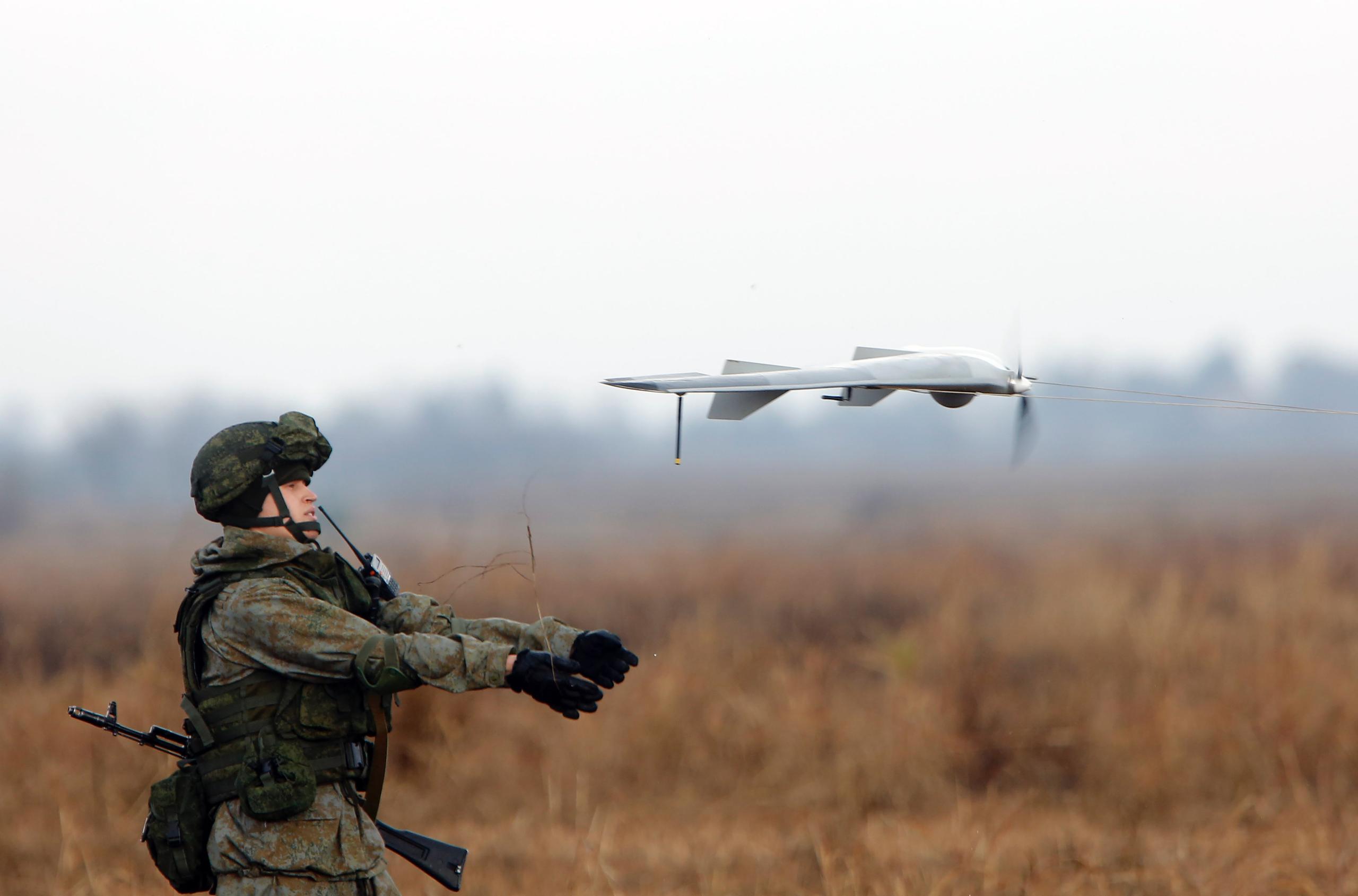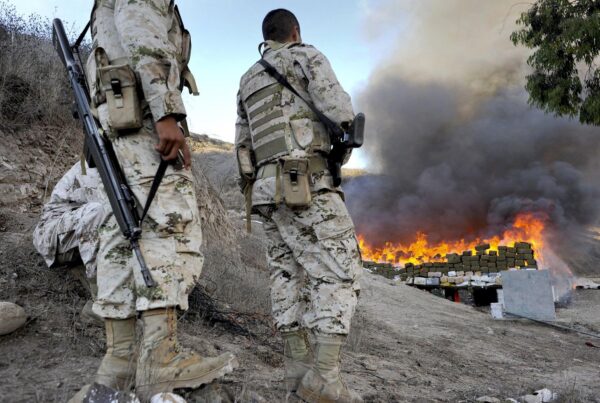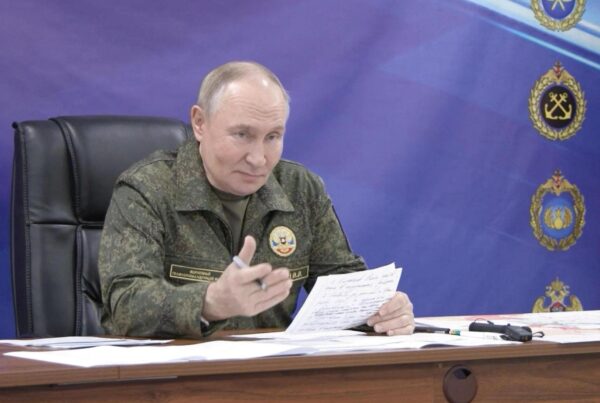The Russia–Ukraine conflict is now entering a new phase with involvement.military AIin combat operations. The use of AI-based drones and autonomous algorithms makes the battlefield increasingly complex and dynamic. This technology enables reconnaissance, target identification, and even attacks to be carried out without direct human intervention in several stages.
This development is not only about tactical efficiency, but also accelerates the paradigm shift in modern warfare. The use of autonomous systems in Ukraine marks a major transformation in the history of global military affairs, where the speed of decision-making and the precision of strikes now depend on algorithms, rather than on human command alone.
Dominance of AI Technology on the Battlefield
Since the beginning of 2024, reports from several defense analysts have shown a significant increase in the use of autonomous systems on the battlefield.military AINow involved in the process of target identification through thermal cameras and satellite imagery, and can even determine the priority of attacks based on predictive algorithms.
On the other hand, the integration between AI and military communication networks enables each drone to act semi-independently. In some operations, drones are able to assess risk, evade enemy defense systems, and attack weak points without direct human command.
The Role of AI in Reconnaissance and Data Analysis
AI-powered reconnaissance drones are used to map troop positions and the enemy's critical infrastructure. A pattern recognition system trained on thousands of battlefield images enables the algorithm to recognize enemy movements even in areas with high camouflage.
In addition, AI is able to analyze data from various sensors — ranging from sound and vibrations to temperature — to produce a more accurate situational map. This information is then disseminated to artillery units or ground troops with a much shorter response time than conventional methods.
Transformation of Attack Strategy Through Autonomous Weapons
Autonomous weapons are no longer just a concept of the future. In several operations in the Donetsk and Zaporizhzhia regions, an AI-based weapon system is reported to be able to fire ammunition with precision after detecting threats through visual and acoustic sensors.
This capability provides a major tactical advantage to the forces that control it, especially in conditions where communications are disrupted. Without waiting for manual command, the system can make the decision to attack in a matter of seconds, something that is nearly impossible for humans to achieve.
Impact of Ethics and Law in the Use of Military AI
Although technological advances provide strategic advantages, serious questions arise regarding the legal and moral aspects of the use.military AISome international organizations are calling for strict limits or regulation on autonomous weapons that can act without human control.
The Debate on the Authority to Kill
The most controversial issue is about who is responsible if autonomous weapons commit a fatal error. In cases where AI systems wrongly target civilian objects, it is difficult to determine which party should bear the consequences, whether the software developers, the military commander, or the operator.
The International Committee of the Red Cross (ICRC) has highlighted the need for meaningful human control over AI-based weapon systems. That is to say, humans must still have the final say in the use of lethal force.
Global Response and Regulatory Efforts
The United Nations (UN), through the Convention on Certain Conventional Weapons (CCW), has begun discussions on the limits of the use of autonomous systems. However, there is still no legally binding global agreement.
Major powers such as the United States, Russia, and China still oppose a total ban, arguing that this technology provides strategic advantages and can be used in a "responsible" manner. Ukraine itself, in the midst of the pressures of war, tends to prioritize military effectiveness over long-term ethical regulations.
AI technology as a decisive factor in modern warfare
The war in Ukraine shows that modern military superiority is no longer determined by the number of troops, but bymilitary AIand the sophistication of its information system.
Integration of AI and Electronic Warfare
Electronic warfare (EW) has become an important arena for AI development. The Ukrainian defense system now uses machine learning algorithms to detect and disrupt the GPS signals of Russian drones, while Russian forces are also applying similar techniques.
In this scenario, AI acts as the brain that assesses when and where signal interference is most effectively carried out, even adjusting its strategy to the enemy's movement patterns.
Human-Machine Collaboration
Although there are many autonomous aspects, the human role remains crucial. The operator now acts as the strategic controller and overseer of the system's ethics. Instead of fully replacing humans, AI becomes an assistant that speeds up the decision-making process in the field.
The Ukrainian military and Western partners are reportedly developing a real-time communication protocol between human operators and AI systems to prevent fatal errors.
The Future of AI-Based Warfare
Analysts estimate that in the coming decade, warfare will increasingly rely on AI for tactical and logistical operations. Battlefield weather forecasting, supply transport routes, and risk management will be optimized by an algorithm.
However, this future also brings new threats: AI-controlled cyber warfare has the potential to cause widespread damage without direct physical attacks. This is what has led many parties to call for the establishment of a new international body that oversees the development of AI-based military technology.
Overview of the Economics and Politics Behind Military AI
Apart from the technical aspects,military AIalso has a major economic and political impact. Defense companies are now racing to develop advanced hardware and software that can adapt to the battlefield.
Large Investment and Technology Alliance
Western countries, especially the United States and the United Kingdom, have channeled billions of dollars into the development of defense AI. Some companies such as Palantir and Anduril play a major role in providing analytics systems and smart drones for Ukraine.
This cooperation strengthens the West's geopolitical position in facing Russia and accelerates the adoption of similar technology within NATO.
Dependence on Algorithms and Security Risks
However, reliance on algorithm-based systems also creates new risks. If the AI system is compromised or manipulated, the consequences could be fatal. A cyber attack targeting AI infrastructure can change the course of the war in a matter of minutes.
Data security, communication encryption, and verification of the authenticity of algorithms have become the primary focus of Ukraine's digital defense strategy.
Usagemilitary AIand autonomous weapons in the Russia–Ukraine conflict mark a major shift in the history of modern warfare. This technology increases efficiency, speed, and precision, but it also raises an ethical dilemma that has not yet been resolved.
In a global context, what is happening in Ukraine has become an open laboratory for the future of AI-based warfare. The world is now faced with a difficult choice between technological innovation and moral responsibility.
Discover more from Insimen
Subscribe to get the latest posts sent to your email.










